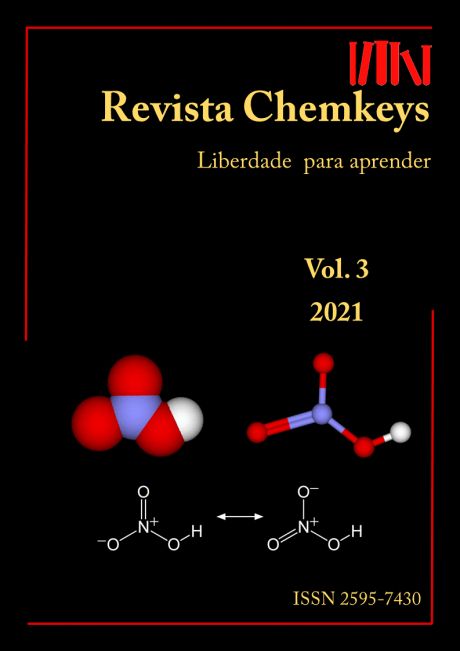Abstract
The particle in a box model is a fundamental approximation to the simplest quantum system in which a particle translates through a space confined by an infinitely deep potential well. Evoking the postulates of quantum mechanics, the solution to this problem will give us the allowed energies, E, and the respective wavefunctions, Y. Due to its simplicity, the particle in a box system offers a good starting point to experimentation with methods for solving differential equations that describe more complex quantum systems. In this text the particle in a box model is discussed in different perspectives. In other words, semiclassical, analytical, and numerical boxes represented using the cartesian coordinates. Moreover, the numerical methods presented are implemented in PYTHON language to further experimentation by the reader through the source code also presented at the end.
References
- Pauling L, Wilson EB. Introduction to Quantum Chemistry with Applications to Chemistry. New York: Dover Publications; 1963.
- Custodio R. Mecânica Quântica. Rev. Chemkeys 2021; 3:e021001.
Disponível em: https://doi.org/10.20396/chemkeys.v3i00.15466.
- Morgon NH. O comportamento do elétron: uma análise do efeito Compton e da relação De Broglie. Quim Nova 2008; 31:1869–74.
- Wilson W. LXXXIII. The quantum-theory of radiation and line spectra. London, Edinburgh, Dublin Philos Mag. J. Sci.1915; 29:795–802.
https://doi.org/10.1080/14786440608635362.
- Sommerfeld A. Zur Quantentheorie der Spektrallinien. Ann. Phys. 1916; 356:1–94.
https://doi.org/10.1002/andp.19163561702.
- Atkinson KE. An Introduction to Numerical Analysis. 2nd ed. New York: John Wiley & Sons; 1978.
- Hamming RW. Numerical Methods for Scientists and Engineers. 2nd ed. New York: Dover Publications; 1987.
- Boas ML. Mathematical Methods in the Physical Sciences. 3rd ed. New York: John Wiley & Sons; 2005.
-DeVries PL. A First Course in Computational Physics. 1a ed. New York: John Wiley & Sons; 1993.
- Giordano NJ, Nakanishi H. Computational Physics. 2nd edition. New Jersey: Benjamin Cummings; 2007.
- Kubach C. Illustration of quantization and perturbation theory using microcomputers. J. Chem. Educ 1983; 60:212–3.
- Blukis U, Howell JM. Numerical Solution of the One-Dimensional Schrodinger Equation. J. Chem. Educ 1983; 60:207–12.
- Custodio R, Politi JR dos S, Segala M, Haiduke RLA, Cyrillo M. Quatro alternativas para resolver a equação de Schrödinger para o átomo de hidrogênio.
Quim. Nova 2002; 25:159–70.
https://doi.org/10.1590/S0100-40422002000100025.
- Custodio R, Gomes AS, Martins LR. Postulados da mecânica quântica. Rer. Chemkeys 2018:1–5.
https://doi.org/10.20396/chemkeys.v0i3.9638.
- Halton, J. A Very Fast Algorithm for Finding Eigenvalues and Eigenvectors. [Internet], 1996 [acesso em 29 set 2021]. Disponível em:
https://www.cs.unc.edu/techreports/96-043.pdf
- Panju M. Iterative Methods for Computing Eigenvalues and Eigenvectors. [Internet], 2011 [acesso em 29 set 2021]. Disponível em:

This work is licensed under a Creative Commons Attribution-NonCommercial-ShareAlike 4.0 International License.
Copyright (c) 2021 Revista Chemkeys


